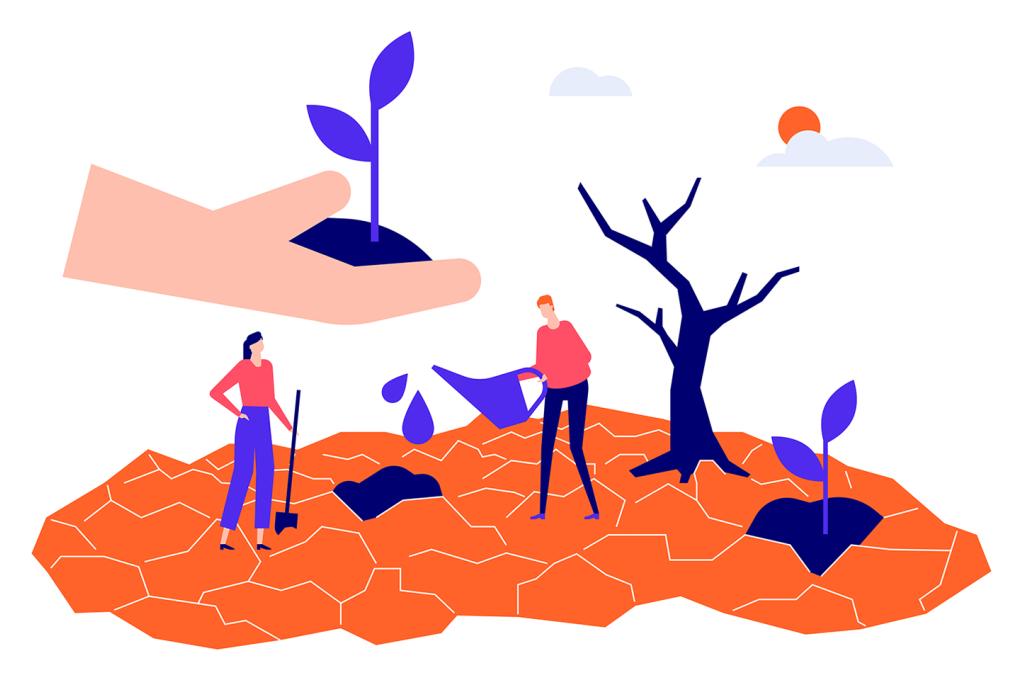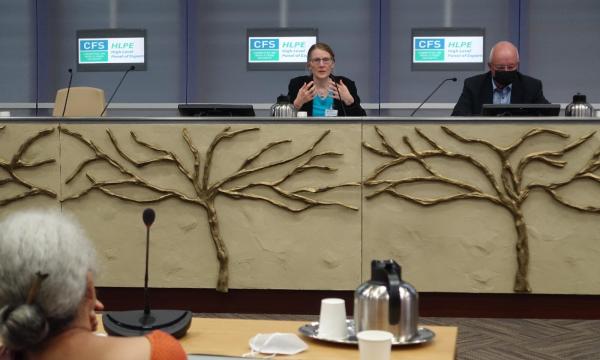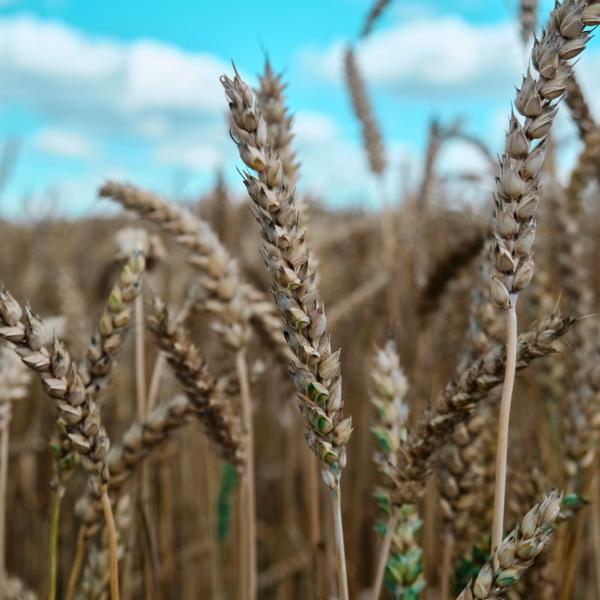In particular, I’m looking at agricultural, machinery, I’m looking at the fertilizer industry, I’m looking at the seed sector as well as agrochemicals, like pesticides and herbicides.
And I’m interested in how these inputs became, first of all, commodified, because if you look, two or three hundred years ago, we didn’t have a private seed sector, for example. We didn’t have a lot of the machinery that we have right now. We didn’t have a commercial fertilizer industry, and we certainly didn’t have agrochemicals.
I’m looking at how those elements of what we consider conventional farming today became conventional. How did they become commodified? How do they become market goods? And then how did they get controlled by just a handful of companies? So each of those sectors actually has three or four companies that kind of dominate most of the market.
So how do these things interact? The combination of these different inputs, as we see today, with 100 years of experience, of this rise of this kind of model which really got going since the early 20th century. It’s kind of locked in. These technologies, in a sense, are kind of locked into each other.
If you buy a tractor as a farmer, you kind of have to grow hybrid seeds. And if you grow those seeds, you kind of have to grow them in a monoculture fashion so that you can both plant and harvest them with the machinery. But also, those seeds are designed to work with more fertilizer, so you kind of have to use fertilizer. And then once you have these monocultural fields, you kind of are more susceptible to pests and you have to spray for pests and weeds and things like this. And so farmers today who are operating in the system are kind of locked into what I would consider to be a really high environmental impact kind of farming.
There’s widespread recognition that the system isn’t sustainable. But we’re at a crossroads of how do we make it more sustainable?
This debate over sustainability is actually huge. And the reason I’m researching these sectors is to understand why shifting to a new model is so hard. It’s very hard.
Any agricultural system is going to have some environmental implications. I think that’s just a given because you’re changing the nature of the landscape, you’re working the soil, you’re changing the environment by selecting certain seeds and growing certain whatever.
But the highly industrialized model that we have today has particular issues that are contributing to some of the big problems we have today like climate change and toxic pollution.
When this model came along, we actually started producing too much food that brought the prices down and drove farmers into poverty.
And then a lot of the mid-20th century there was the problem of getting rid of those surpluses. That’s why we have international food aid, for example, which then helped make developing countries a little bit more dependent on imported grains that they can’t even grow themselves, like wheat.
And so it created a situation where, ironically, countries that used to be self-sufficient in producing staples that were traditional crops like in Sub-Saharan Africa, have now become dependent on imports of wheat and rice. And we’re seeing that right now in the Ukraine crisis.
But there’s always that argument coming from industry. That argument has been put forward for 50, 60, 100 years, that world population is always growing, and therefore, we need this kind of industrial model to produce enough food.
But really, of the agricultural production that’s happening today, a big proportion of it isn’t even going to food. It’s going to biofuels — well to human food — it’s also going to animal feed. But we’re eating far more meat than we used to eat and probably more than is necessary for a healthy diet. So there’s just lots of nuance in that argument.
And you could even add into there, it makes food cheaper and more accessible, which may be the case, but it also has huge implications for the world’s agricultural producers, which is a third of the planet. It’s maybe 2 percent here in Canada or in North America that are farmers. But in the developing world, it’s huge. And so we’re talking about the livelihoods of billions of people.
*
What I do in my research, I’m a political scientist, a political economist. I’m interested in those connections, but also the debates that arise and how that plays out in international policy. So rather than saying I know what the answer is, it’s more like let’s hear what the different sides are saying, and this is why that debate matters.
Agriculture is a matter of national security for sure. A big part of the reason governments are very worried about this food crisis right now is they’re worried about unrest, especially in a time of economic turmoil. And just the whole uncertainty and conflict in the world. It’s a new world. It’s a different world than it was a few years ago.
Having a more holistic understanding of food security to encompass these questions of power and questions of environmental sustainability is essential if we want to solve the problem of world hunger. In the last five years, the numbers have only gotten worse. Food production is going up. Hunger is going up, too. This is not a good trajectory.
What keeps me up at night is knowing that we’ve been on this trajectory towards increased concentration and vulnerability. I would say concentration of the markets and the production, but vulnerability on the part of a huge proportion of humanity is the flipside of that. And we’ve been on that trajectory for a long time and we haven’t really been able to muster the political will to do something about it.
But I wouldn't be doing this work, I wouldn’t be talking to you if I didn’t wake up every day thinking that if we can understand and explain the problems, that maybe we can inch towards some better solutions.
So what gives me hope?
There are lots of people doing research where they’re comparing agroecological production or organic production with conventional industrial farming systems and showing that it can be as productive while being more sustainable.
That gives me hope to think that we could have a better system.
But what I think we need to figure out is how we have that diverse trading system, because it needs to go along with a diverse production system. And so there’s a lot of people calling for agroecology now. And it all sounds great and it’s a great rallying cry, but they haven’t really yet thought through how the markets are going to work with that.
And that’s coming up against huge economic structures like the World Trade Organization and stuff like that. My next project actually is to look at those questions, but I am not there yet.
So that’s a bit of a hope with a bit of caution.






